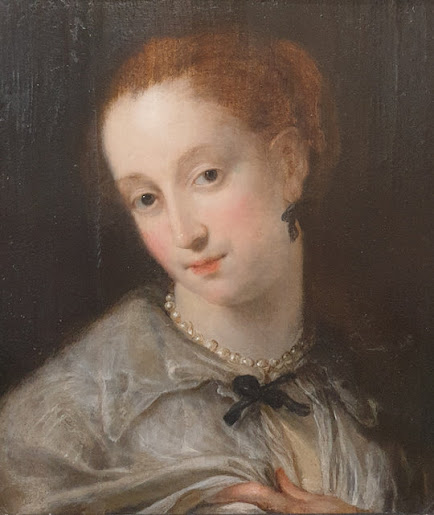Murano Glass; Story of an Island!
We had such tremendous fun researching the intricacies of blown glass for our previous blog that we ended up expanding and outgrowing our blog post space and ended up leaving out Murano glass.
Here we are picking up the thread of the unique story of Murano glass.
Murano is an island which consists of a series of seven smaller islands in the Venetian Lagoon. The islands which are linked by bridges are famous for blown glass production of a particular type with an international reputation for durability and high aesthetic quality. Crafting everything from art glass and glass jewellery, Murano’s glass makers held the monopoly of high quality glass making in Europe for centuries.
Byzantine craftmen arrived in Venice after the sack of Constantinople during the Fourth Crusade. In 1291, the Venetian Republic, fearing fire of its mostly wooden buildings, ordered glass makers to move their foundries to Murano. Murano glass makers subdivided into niches and developed a very tight community with distinct houses. Typically, each Murano glass house employed numerous sellers, servants, and cutters.
 |
| Blue Murano bubble glass, offered by Totos Jewellery & Antiques |
 |
| Millefiori beads from Murano, offered by Gillian Horsup Vintage Jewellery |
 |
| 1950s Murano glass necklace with birds and leaves, offered by Linda Bee |
By the fourteenth century, Murano glass makers had gained in
reputation, and soon became some of the most prominent figures of the Republic
enjoying many special privileges. Servants of the glass houses studied the
works of the great masters and learned the secret arts. When the Ottomans took
Constantinople in 1453 more glassworkers arrived in Venice.
At once a marriage of Islamic and Western glass blowing styles,
initially, it became famous for glass beads and mirrors. Developing or refining
many technologies Murano glass artisans gained more control over colour and
transparency. Aventurine glass (glass
with threads of gold) was invented in Murano as did enamelled glass,
crystalline glass, multicoloured glass, milk glass and imitation gemstones made
of glass.
Murano glass sold to aristocrats, wealthy merchants, and heads of
state, and during its heyday it produced the vast majority of Europe's mirrors
and chandeliers. By the 17th century, Murano had even developed a patron saint
for glassblowers, known as St. Anthony Abate.
 |
| 1950s Murano glass necklace with fruit and leaves, offered by Linda Bee |
 |
| Murano decorative glass |
Murano artisans employed a unique cooling process, by which
they maintained liquid glass in its pliable state for a long time to create a
viscous but malleable paste. They did this by slowly and carefully cooling the
glass admixture. A craftsman created a mold of a durable material, usually
baked clay and sometimes wood or metal. The mold comprised at least two parts,
so that it could be opened and the finished product inside removed safely.
Although the mold could be a simple undecorated square or round form, many were
in fact quite intricately shaped and decorated. The designs were usually carved
into the mold in negative, so that on the glass they appeared in relief
Glassware collectors often can distinguish historical pieces
from individual Murano houses.
 |
| A selection of Murano glass beaded necklaces, offered by Gillian Horsup Vintage Jewellery |
 |
| Murano silver bracelet, offered by Gillian Horsup Vintage Jewellery |
.jpg) |
| Murano millefiori bead earrings, offered by Gillian Horsup Vintage Jewellery |
Written by Titika Malkogeorgou
.jpg)

Comments
Post a Comment